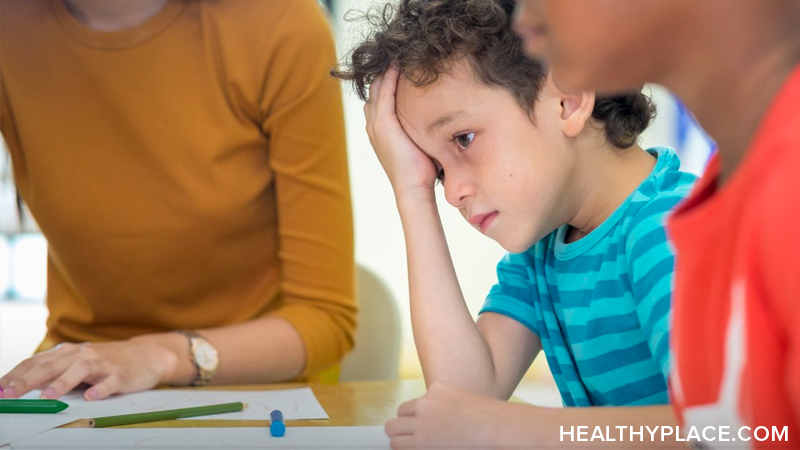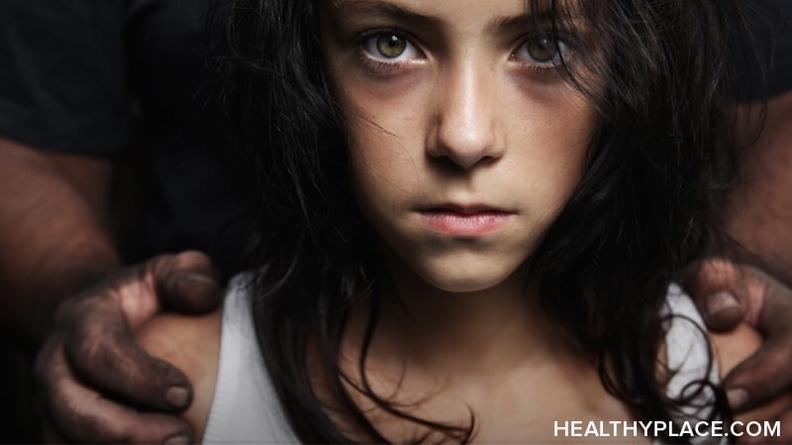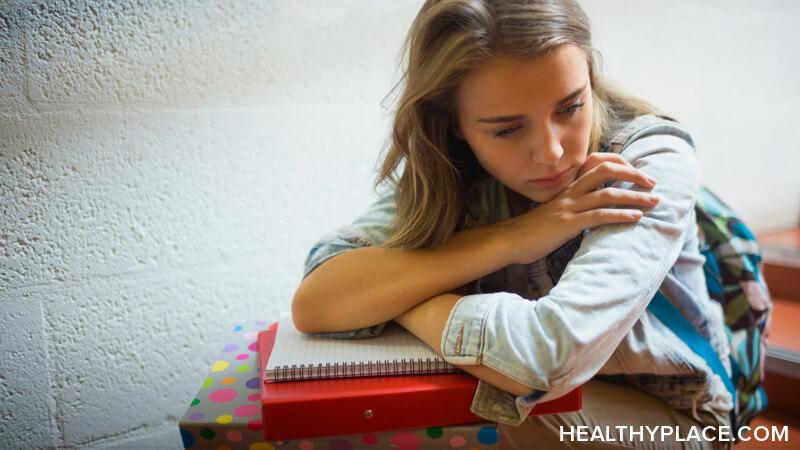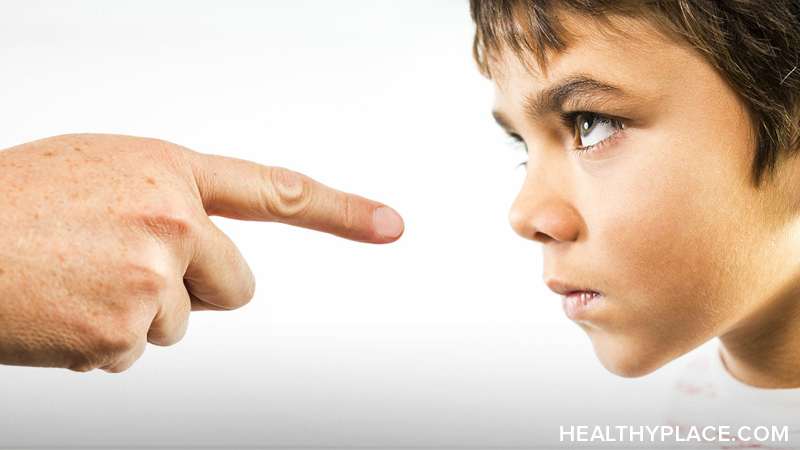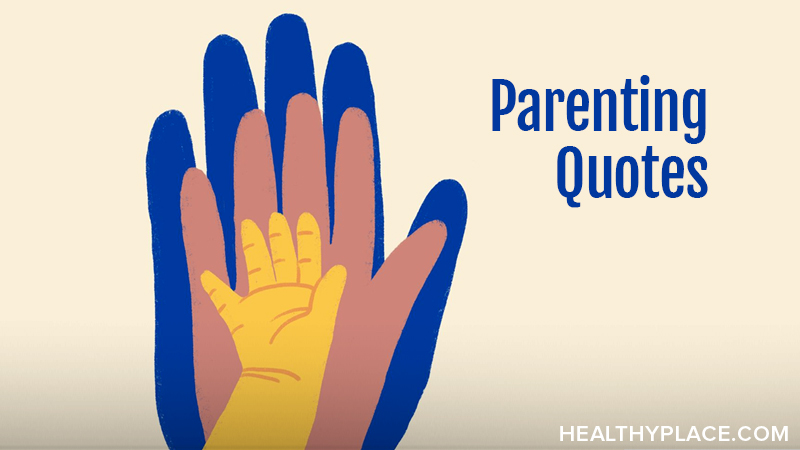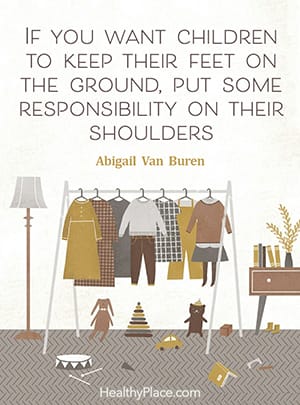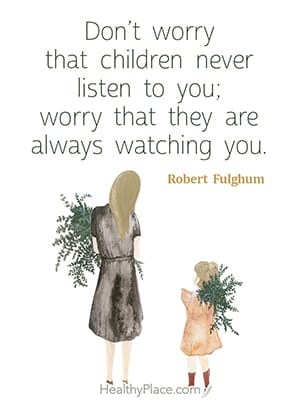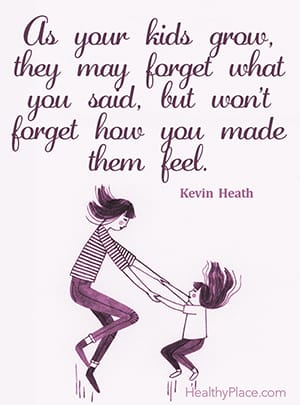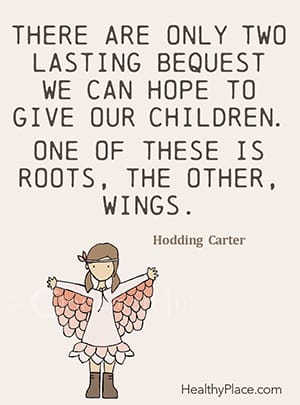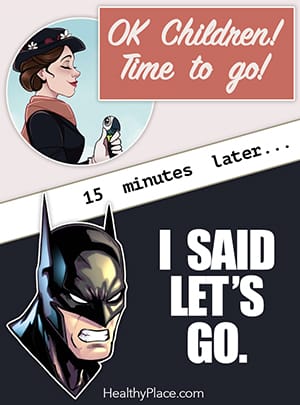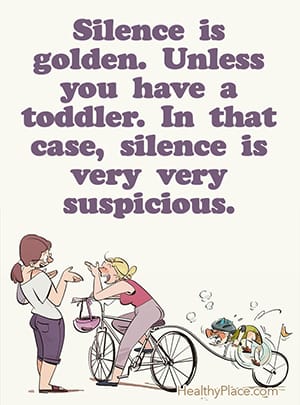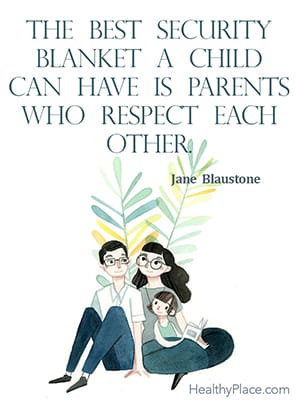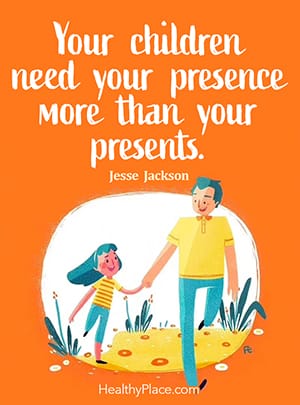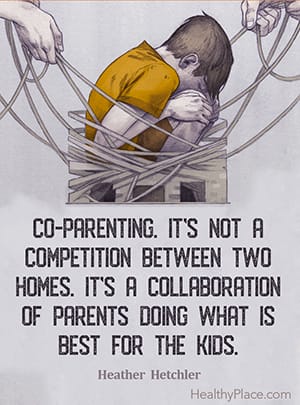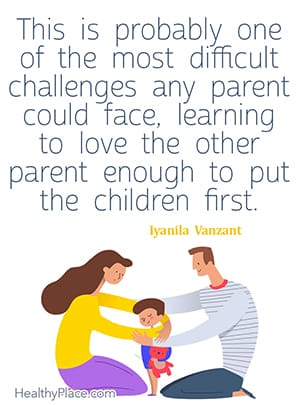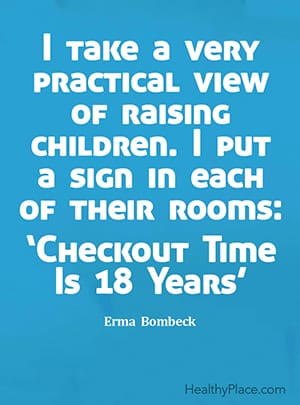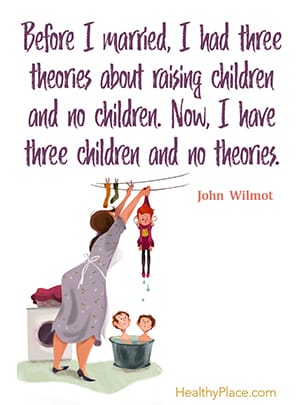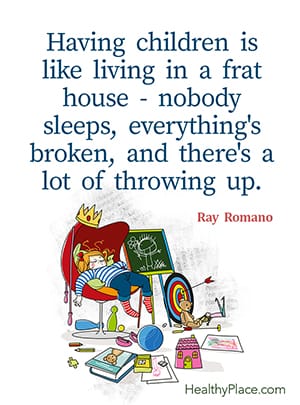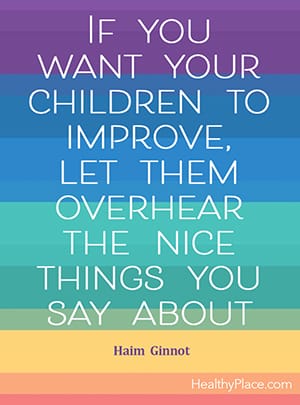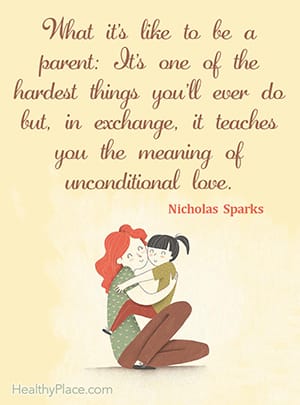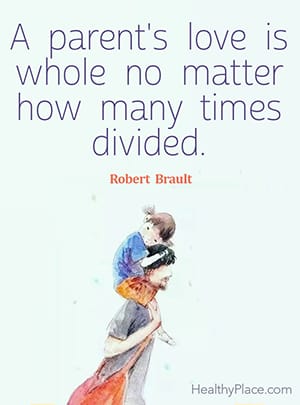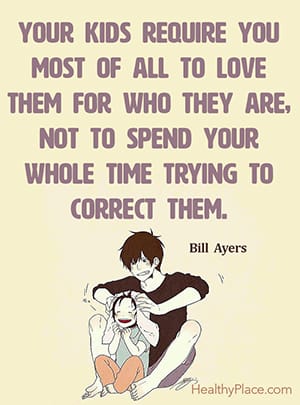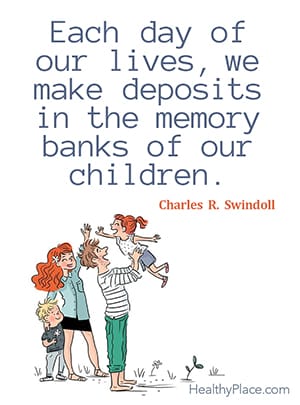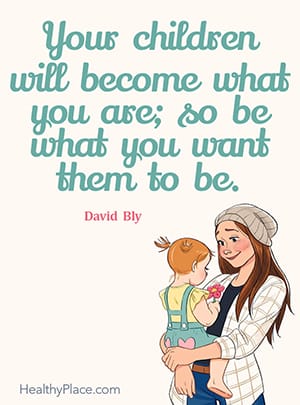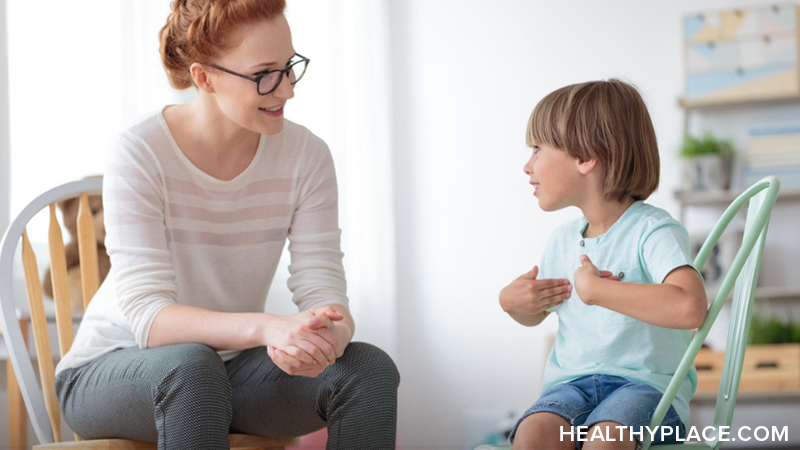What Is Infant Mental Health?
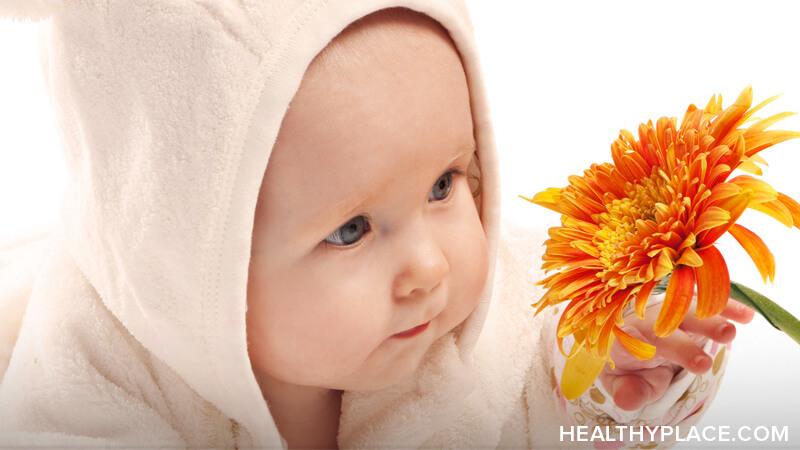
Excerpted and adapted from a tip sheet prepared by the Center for Early Education and Development (CEED), College of Education and Human Development, University of Minnesota, Minneapolis.
In a very basic way, infant mental and physical health are the foundations of each new generation. Infant Mental Health has been defined in varying ways. The following examples provide current definitions of Infant Mental Health:
- According to the Infant Mental Health Services Feasibility Study conducted by CEED, the Infant mental health is the optimal growth and social-emotional, behavioral, and cognitive development of the infant in the context of the unfolding relationship between infant and parent.
- Infant mental health focuses on the social and emotional well-being of infants and their caregivers and the various contexts within which caregiving takes place. Infant mental health, therefore, focuses on relationships; infant development is conceptualized as always embedded within emergent, active systems of relationships. By definition, the infant is born into a social world.
- Infant mental health is rooted in the understanding that developmental outcomes emerge from infant characteristics, caregiver-infant relationships, and the environmental contexts within which infant-parent relationships take place. From an infant mental health perspective, parents are looked at as interacting participants in the developmental process, which does not permit a dichotomization of nature and nurture. Winnicott captured the essence of the caregiver-infant relationship when reflecting upon his prior comment that there was no such thing as a baby, meaning that if you set out to describe a baby, you will find you are describing a baby and someone. A baby cannot exist alone but is essentially part of a relationship.
- The field of infant mental health may be defined as multidisciplinary approaches to enhancing the social and emotional competence of infants in their biological, relationship, and cultural contexts. Infant-caregiver relationships are the primary focus of assessment and intervention efforts, not only because infants are so dependent upon their caregiving contexts but also because infant competence may vary widely in different relationships.
- Alicia Lieberman [Professor of Psychology at UC-San Francisco and Director of the Child Trauma Research Project, and Senior Psychologist at the Infant-Parent Program, San Francisco General Hospital] has suggested a set of principles that define the field of infant mental health. Two [of Lieberman's 5] principles look at how we frame and carry out interventions.
1) Infant Mental Health practitioners make an effort to understand how behaviors feel from the inside, not just how they look from the outside.
2) The intervener's own feelings and behaviors have a major impact on the intervention.
Sources
1. Bell, R.Q. (1968). A reinterpretation of the direction of effects in studies of socialization. Psychological Review, 75, 81-95.
2. Rheingold, H.L. (1968). The social and socializing infant. In D.A. Goslin (Ed.) Handbook of socialization: Theory and Research. Chicago: Rand McNally.
3. Shapiro, T. (1976). A psychiatrist for infants? In E.N. Rexford, L.W. Sander, & T. Shapiro (Eds.), Infant psychiatry (pp. 3-6). New Haven, CT: Yale University Press.
4. Winnicott, D.W. (1987). The child, the family, and the outside world. Reading, MA: Addison-Wesley. (Original work published in 1964).
5. Zeanah, C.H (Ed.). (2000). Defining infant mental health. The Signal, 8 (1-2), 9.
6. Zeanah, C.H. & Zeanah, P.D. (2001). Towards a definition of infant mental health. In C.H. Zeanah Handbook of infant mental health (2nd ed.). New York: Guilford Press.
7. Lieberman, A. (1998). A perspective on infant mental health. The Signal, 6 (1), 11-12.
Source: Minnesota Association for Children's Mental Health
APA Reference
Staff, H.
(2022, January 11). What Is Infant Mental Health?, HealthyPlace. Retrieved
on 2025, November 10 from https://www.healthyplace.com/parenting/child-mental-health/what-is-infant-mental-health

